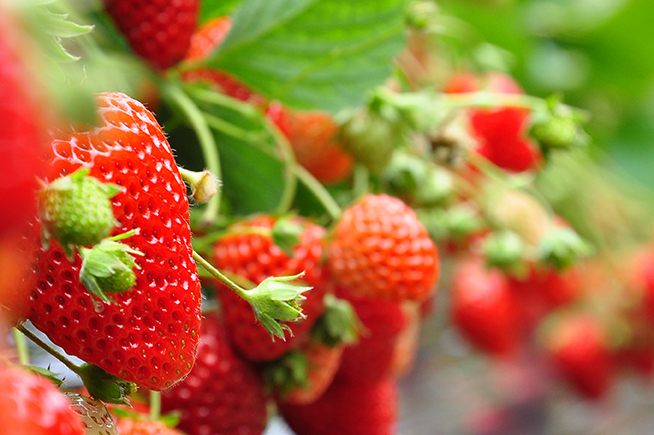Why You Need To Plan New Almond Plantings Carefully
As older almond orchards decline, new plantings are key to maintaining steady (as possible) grower income. Experienced growers regularly renew orchards to maintain cash flow and avoid a cash crunch when older orchards fade at the same time and need to be replaced.
But what trees to plant, now, in a new orchard? With low nut prices and rising costs, a new orchard is a very expensive undertaking. The cost of “missing” with a planting, while always bad, can now be catastrophic. Almond varieties, rootstocks, weather, and costs are ever changing. With new planting options (new varieties and rootstocks) in the market along with changing weather, here are some observations and resources that may help you make variety and rootstock selection decisions when planting a new almond orchard.
Varieties: Knowing where you are and where you have been is a good start to making important decisions. ‘Nonpareil’ has been the No. 1 variety in California for decades. However, while ‘Butte’, ‘Padre’, ‘Monterey’, and ‘Carmel’ have been the top five varieties for the last 20 years, their relative rankings have changed, with ‘Monterey’ steadily growing in production share and ‘Carmel’ sinking during that same time. Self-fertile varieties (‘Independence’, in particular) have become very popular, and ‘Independence’ and ‘Shasta’ are two of the top four varieties planted since 2020 according to the 2022 National Agricultural Statistics Service (NASS) almond acreage survey results.

There are many new varieties in the market. Some are proprietary to a particular nursery; others are from a public (University of California [UC] or USDA) breeding program. Public variety trials in north, central, and southern growing districts, conducted by UC researchers with funding from the Almond Board of California, are great sources of variety information and comparison, although not all new varieties are in these trials. Check out a great video review of one of the most recent almond plantings from The Almond Board of CA with UCCE advisors.
Established varieties (seven varieties make up 91% of production in 2022, see table) have proven track records, market acceptance, and known shortcomings. New varieties may be promoted with eye-popping production numbers, but potential downsides are often not mentioned (or known). It is my opinion that growers should consider planting familiar varieties that match their needs (on carefully selected rootstocks, see below) while planting a relatively smaller area of new varieties to watch for possible use in the next planting. Do not make long-term decisions based on short-term information (thank you Clark Seavert!). Ultimately, the decision and risk belong to growers.
ROOTSTOCKS
For a particular planting site, rootstock selection is often more important than variety selection to the long-term success of the orchard. The wrong rootstock can result in a failed planting, while this is less often the case with poor variety selection. Rootstocks help growers address major soil issues such as salinity, soil texture, high winds, certain nematodes, etc. Almond Rootstocks is a new (2022) rootstock comparison publication from UC Agriculture and Natural Resources and available as a free pdf download or in print from your local UC Cooperative Extension office. This publication is the result of decades of careful research/experience and is a great resource for rootstock options.
FINAL DECISION
When selecting varieties and rootstock(s) for a new planting, talk with nursery reps, farm advisors, processors/marketers, neighbors, and your PCA and CCA.
Go see a 10-year-old orchard with the varieties/rootstocks you plan to use. Better yet, see one that is 15 to 20 years old. If there is not one to be found, ask yourself, “How much can I afford to lose in planting this orchard?” And do not plant more than that figure will cover. Reputable nurseries will replace lost trees but, to my knowledge, not development costs and lost income potential. Ultimately, the grower owns the decision and the risk.
Final note: The lifetime of an orchard planted in 2024 should be 20-plus years. The next 20 years are predicted to be warmer than the last 20 years. This forecast heat should continue to increase insect pressure, especially navel orangeworm. The market may demand changes in pesticide use. Consider the impact of these possible changes when planning a new orchard.
New almond plantings drive production and sustain income. Careful consideration of variety/varieties and rootstock on a particular site should yield the best possible outcome from a new planting. There is a wealth of information and experience in California almond growing. Consider using as many of these resources as possible in making decisions on your next planting.










